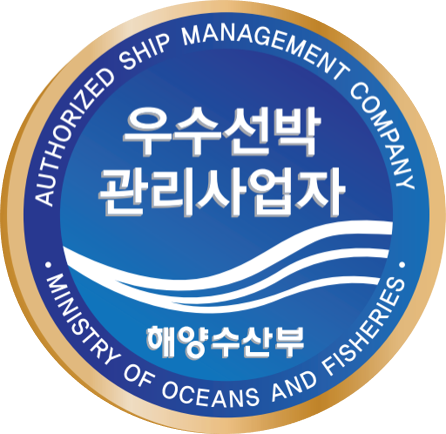Cargo claims from damage due to water originating from cargo hold bilg…
페이지 정보
작성자 최고관리자 댓글 0건 조회 562회 작성일 22-03-23 18:06본문
Cargo claims from damage due to water originating from cargo hold bilge systems
by The Editorial Team
The American Club warns operators to be vigilant, as it has recently experienced cargo claims arising from damage caused by water originating from cargo hold bilge systems.(첨부참조)
More specifically, in these issues:
- Debris lodges in the non-return valves fitted in the hold bilge pumping systems, preventing them from operating as designed to ensure that water cannot flow back via the bilge line, into the hold bilge wells and thereafter into the cargo hold;
- Manually operated valves in the interconnected bilge, ballast and fire lines are left open following completion of operations, allowing water to enter the bilge line and into the bilge wells/cargo hold in the event of non-return valve failure.
Taking the above into consideration, vessel crews are urged to adopt the following preventative measures to ensure that the bilge system is functioning properly so as to prevent such incidents.
Key considerations for container cargo operations
- A significant share of incidents has resulted from a lack of familiarity with the bilge system. The vessel’s crew should be familiar with the unique characteristics of the vessel’s bilge system. This includes understanding the schematic layout of the bilge system, mimic boards, remote actuators, any cross functionality with such systems as the ballast management system, emergency firefighting system, etc.
- Inspection and testing of cargo hold bilge system non-return valves should be included in routine pre-loading checks of the holds.
- Bilge system valves and pipework require to be periodically checked and maintained as part of the planned maintenance system.
- Rigorous procedures should be in place to prevent valves being left open when not in use.
Cleaning of cargo holds in preparation for cargo
- After washing down, any residual cargo should be removed from bilge system intake suctions to keep solid materials from entering and clogging the bilge system.
- The perforated plate bilge well covers should be cleaned of debris that could prevent water from flowing into the bilge wells.
- If dry cargoes in bulk are to be loaded, plate covers should be covered with burlap and secured with marine tape prior to loading cargo. The burlap will help to prevent coarse size particles from entering and blocking the bilge system.
- Bilge well suction pipes should be fitted with removable strainer baskets (e.g., strum or rose box) and/or equipped with a mud box to capture debris while washing cargo holds. These should be cleaned as regularly as necessary during the washing period.
- Upon completion of washing cargo holds, any remaining water and residual solid materials should be cleared from the bilge well.
Inspection and testing
- Bilge wells should be cleaned and dry for inspection before loading cargo.
- Records should be maintained in the deck log of inspections and tests of the bilge system.
- Bilge system sounding pipes should be inspected as they can become filled with cargo residues in bilge wells that dry and solidify resulting in blockage. This can be prevented by hosing the sounding pipes with water from deck level or by using a pressured airline to clear the pipe. Cleaning and clearing of sounding pipes should be conducted after cargo holds have been washed and bilges have been cleaned.
- All valves in the drain/bilge system should be checked and labelling kept in good order.
- Ensure that the non-return valves fitted in the cargo holds’ bilge pumping system are fully functional. The simplest way to perform this test is to stop the bilge pump for 20 to 30 seconds. If water does not return to the bilge well through the suction pipe, the non-return valve is functioning correctly. Should water enter the hold’s bilge, the non-return valve may be stuck, worn or damaged, and should be opened up and repaired.
- If the vessel is fitted with any bilge alarms, they should be tested and confirmed as functioning properly.
- Remotely actuated cargo hold bilge suction valves should be routinely checked to ensure they are functioning properly.
- Any bilge system control mimic boards should be regularly tested to ensure it is functioning properly.
- Bilge soundings should be taken daily and recorded in the deck log.
첨부파일
- American Club-Cargo Hold Bilge Systems-2022.03.pdf (533.5K) 0회 다운로드 | DATE : 2022-03-23 18:06:55




